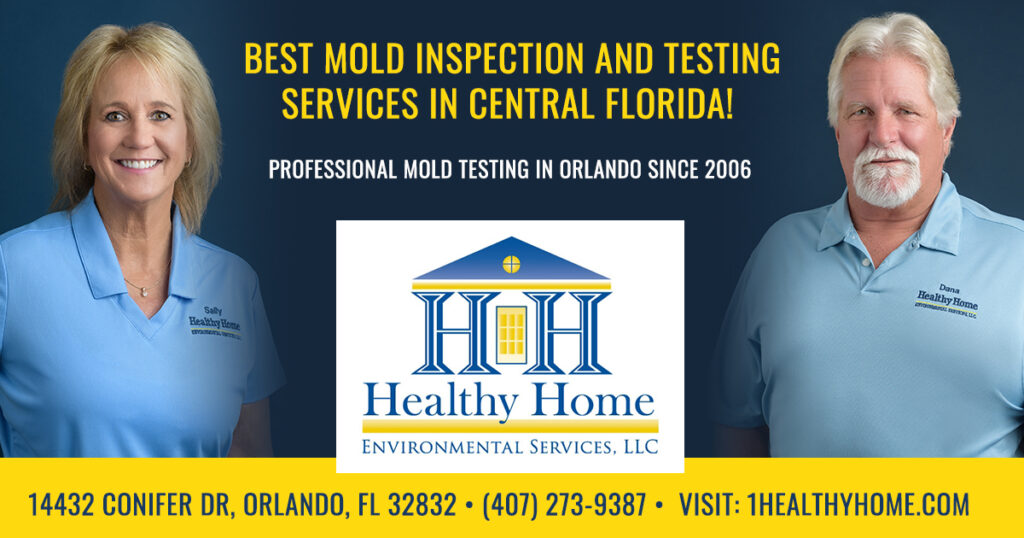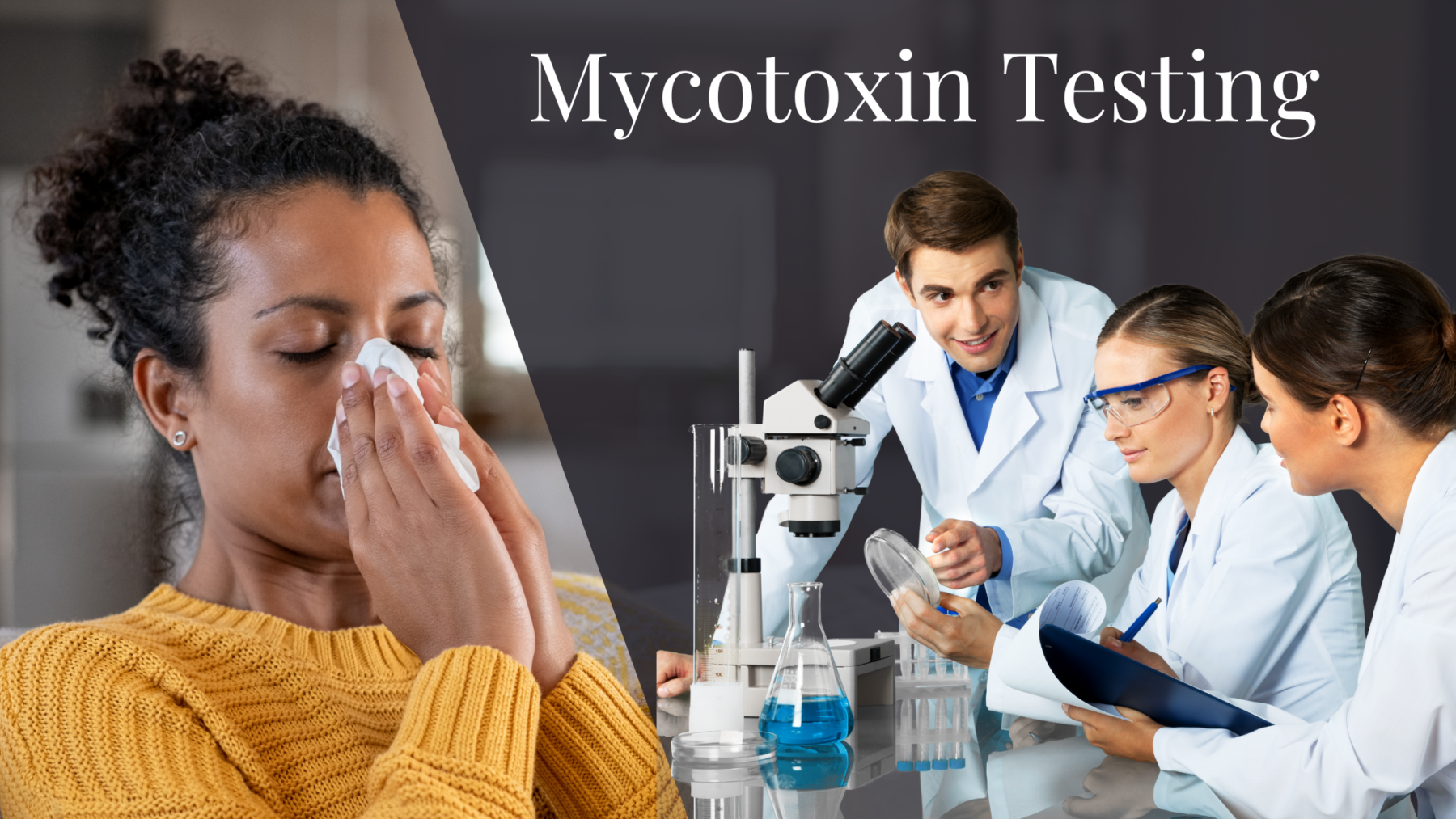Mycotoxin testing Services: A Trick Part in Threat Monitoring Methods
Mycotoxin testing Services: A Trick Part in Threat Monitoring Methods
Blog Article
Why Mycotoxin Testing Providers Are Important for Protecting Public Wellness
The relevance of mycotoxin screening solutions in safeguarding public health can not be overstated. Mycotoxins, harmful compounds created by fungis, present significant wellness risks such as liver damages and cancer cells when existing in food and feed.
Recognizing Mycotoxins
Comprehending mycotoxins is critical for making sure food security and securing public health and wellness. Mycotoxins are hazardous compounds produced by certain kinds of fungis, generally discovered in food and feed crops. These fungis can proliferate in a selection of conditions, especially in warm and damp atmospheres, leading to contamination during pre-harvest, storage space, or processing phases. The most prevalent mycotoxins consist of aflatoxins, ochratoxin A, fumonisins, and trichothecenes, each with distinct chemical frameworks and toxicological properties.
The visibility of mycotoxins in foodstuffs can compromise their safety and high quality. They are resistant to standard food processing strategies, consequently continuing the food supply chain and posing prospective risks. Regulative bodies worldwide, such as the Food and Farming Organization (FAO) and the Globe Health Organization (THAT), have set rigorous limits on appropriate degrees of mycotoxins in food products to alleviate their adverse impacts.
Reliable mycotoxin management includes thorough monitoring and testing to detect and quantify their degrees in farming products. This proactive technique aids in determining infected batches early, therefore preventing their introduction into the marketplace. Applying strict mycotoxin controls is vital for maintaining food security criteria and protecting customer wellness.
Health Risks of Mycotoxins

Direct exposure to mycotoxins postures considerable health and wellness risks to both pets and human beings, requiring attentive tracking and control steps. These toxic second metabolites, created by certain fungis, can pollute food and feed, resulting in acute and persistent wellness problems. In humans, mycotoxins such as ochratoxins, fumonisins, and aflatoxins can cause a variety of negative effects, consisting of liver damage, kidney poisoning, immune suppression, and also carcinogenic results. As an example, aflatoxins have been categorized as Group 1 health hazards by the International Company for Research on Cancer Cells (IARC), indicating a tested link to liver cancer.

Offered these severe wellness consequences, it is important to apply robust mycotoxin screening protocols. Precise discovery and quantification of mycotoxins in food and feed are important to alleviate health dangers and make certain public and animal safety and security.
Typical Resources of Contamination

In addition to grains, nuts such as peanuts, almonds, and pistachios are highly vulnerable to mycotoxin contamination. Aflatoxins, a potent kind of mycotoxin, are frequently found in these nuts, especially when storage space conditions are suboptimal. Dried out fruits, consisting of apricots, figs, and raisins, also present abundant premises for fungal growth because of their high sugar web content and moisture-retaining residential properties.
Furthermore, contamination is not limited to raw agricultural items. Refined foods, animal feeds, and dairy items can additionally include mycotoxins if the preliminary active ingredients were polluted. This expands the risk of direct exposure throughout the food supply chain, necessitating rigid monitoring and control steps.
Understanding the common resources of mycotoxin contamination is essential for applying effective preventative approaches. Mitigating these threats at the source can substantially reduce the incidence of mycotoxin-related health and wellness issues, safeguarding public health and wellness.
Testing Methods and approaches
Advanced logical methods are utilized to discover and quantify mycotoxins in various substrates, guaranteeing public health safety. High-Performance Fluid Chromatography (HPLC) paired with next mass spectrometry (MS) is a gold requirement in mycotoxin screening, delivering high level of sensitivity and specificity.
Another extensively utilized method is Enzyme-Linked Immunosorbent Assay (ELISA), which supplies fast screening and is cost-efficient for big sample quantities - Mycotoxin testing Services. ELISA packages are useful because of their ease of usage and fast turnaround time, making them ideal for on-site screening
Testing methods are similarly important. Appropriate sampling makes certain that the gathered samplings are depictive of the whole batch, consequently reducing the threat of false downsides or positives. Adherence to established standards, such as those provided by the International Company for Standardization (ISO) and the European Board for Standardization (CEN), is crucial for maintaining uniformity and reliability throughout screening practices.
Extensive validation of these procedures and approaches is indispensable. It makes sure reproducibility and precision, therefore fortifying the integrity of mycotoxin administration systems.

Benefits of Regular Examining
In the realm of food safety and farming quality assurance, the advantages of routine mycotoxin screening can not be overstated. Regular testing ensures that farming products satisfy safety criteria, thus protecting consumers from the unsafe results of mycotoxins, that include liver damages, immune reductions, and even cancer. By determining contaminated sets early, normal screening permits for prompt treatment, preventing such products from going into the food web.
Additionally, normal mycotoxin testing is crucial for maintaining the stability and credibility of food manufacturers and suppliers. Business that devote to regular testing show their devotion to public health and food security, therefore gaining consumer depend on and commitment. This proactive method can additionally mitigate monetary losses linked with item recalls, legal obligations, and possible trade limitations.
In addition, governing compliance is a considerable facet of the agricultural market. Normal mycotoxin testing guarantees adherence to global and nationwide standards, assisting in smooth profession procedures and market accessibility. This is especially important for merchants that need to fulfill rigorous safety and security criteria enforced by importing nations. Ultimately, regular mycotoxin testing not only secures public health but also discover here fortifies the financial security and international competition of the agricultural industry.
Conclusion
Mycotoxin screening solutions play a critical duty in public wellness defense by recognizing and minimizing the threats posed by poisonous fungal substances in food and feed. By identifying contamination early, these solutions stop major health issues such as liver damages and cancer cells, guaranteeing compliance with regulative criteria. Routine screening enhances consumer trust fund, sustains the stability of the agricultural field, and eventually adds to the guarding of food safety and public wellness.
The importance of mycotoxin screening services in securing public health can not be overstated.Recognizing mycotoxins is vital for ensuring food security and protecting public health and wellness. Mycotoxin testing Services. Governing bodies worldwide, such as the Food and Agriculture Organization (FAO) and the Globe Health Company (THAT), have actually set strict restrictions on acceptable levels home of mycotoxins in food items to mitigate their negative results
Ultimately, normal mycotoxin screening not only secures public health however additionally strengthens the financial stability and worldwide competition of the farming sector.
Mycotoxin screening services play a crucial function in public wellness protection by determining and minimizing the dangers posed by poisonous fungal compounds in food and feed.
Report this page